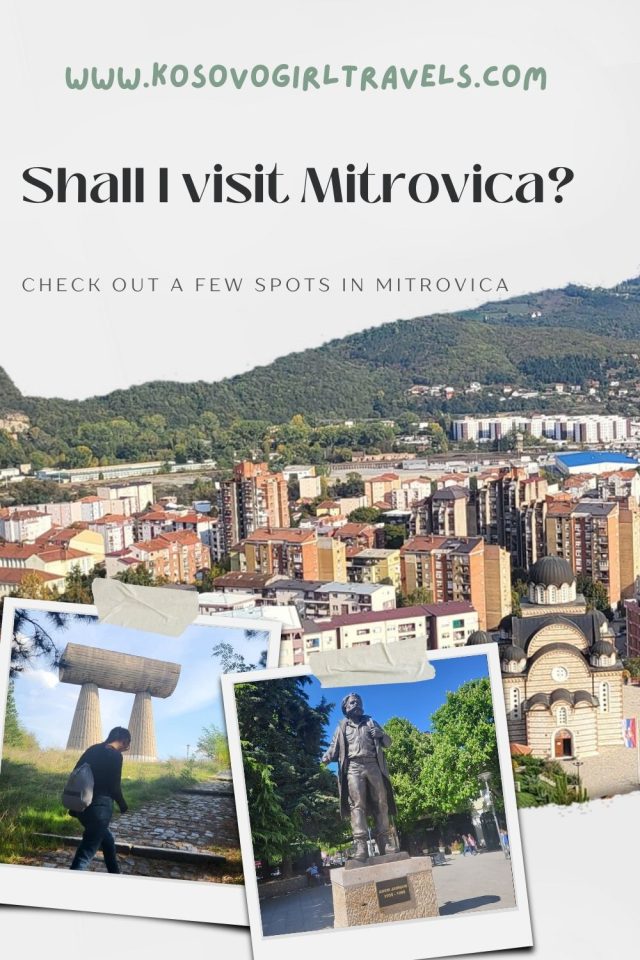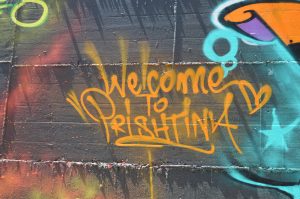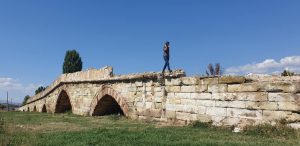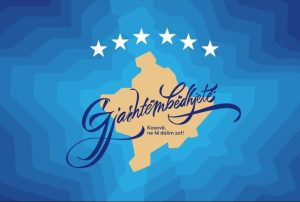
Several travelers ask me how to visit Mitrovica and whether it is safe and worth it. While I have been there only a few times (and will tell you what I have seen below), everyone should go and visit and if you want more local news and tips you can follow and/or contact Mitrovica Guide and Visit Trepça who are organizing some day tours in the city.
A little bit of history
The Municipality of Mitrovica used to be one before the war of 1998/99 took place in Kosovo. However, following the war, it was divided into two cities – Mitrovica and North Mitrovica – with the decentralization process that took place in Kosovo as a prerequisite for the independence declaration. This division is something that intrigues many foreign visitors to Kosovo, and so many take a day trip to Mitrovica to “experience the divided city.” As a Kosovo Albanian, I never really enjoyed this sentiment, and, at times, I questioned (I know, I shouldn’t have done it) those travelers. However, I will present you with a few spots to visit while you are in Mitrovica.
Main point of interest in Mitrovica
The closed-for-car traffic Ibër bridge is the point where all visitors want to go. And I won’t advise against it. There you will see the Italian Carabinieri, but contrary to some belief, it is not a border. It is a bridge frequented by all: Albanians, Serbs, Roma, Turkish, and any other nationality. The cars can not pass through this bridge to the northern part; however, two other bridges are used for that. So, again, it is not true that this is a divided city as people who are not familiar with the situation try to portray it.
The “Monument to the Mining Heroes” is the symbol of Mitrovica (currently in North Mitrovica), and it is an easy walk up there with beautiful panoramic views of the city. It doesn’t take too long and it is not difficult to reach. On the way, one can still see some remnants of war—burned houses of the Albanian population who later were forcefully expelled from the northern part to the south or other parts of Kosovo.
On the way to the Monument to the Mining Heroes, one can also visit the Orthodox Church of Saint Demetrius completed in 2005. The location of the Church is lower than the Monument to the Mining Heroes; however, it also gives great views of the cities.
The Museum of Crystals and Minerals in Stanterg, Mitrovica is another important site to visit. To reach there, the easiest way is to take a taxi as it is outside of the city. The round-trip ride costs 8 euros, and the driver will wait for you. The ticket to the museum is 2 Euro, and there is a tour guide who will take you around and explain what is found in “Trepça” and how it operates and also about the crystals and minerals. It was amazing to see all those beautiful pieces.
The City Museum is another point of interest. It only has one floor and one piece with traditional clothes was closed when I visited (October 2024); however, it is interesting to see the other parts of the museum, including the one from the last war in Kosovo. This museum is open Monday – Friday from 08:00 – 16:00.
 The statue of Adem Jashari was inaugurated recently (2023), and it is located in the main city square. The statue stands as a powerful symbol of resistance and national pride for the Albanians of Kosovo. Erected to honor the legacy of Adem Jashari, the commander of the Kosovo Liberation Army (KLA), the statue commemorates his role in the struggle for Kosovo’s independence during the 1990s Jashari is celebrated for his leadership and sacrifice, particularly during the siege of his family compound in Prekaz, where he and most of his relatives were killed fighting the Serbian forces.
The statue of Adem Jashari was inaugurated recently (2023), and it is located in the main city square. The statue stands as a powerful symbol of resistance and national pride for the Albanians of Kosovo. Erected to honor the legacy of Adem Jashari, the commander of the Kosovo Liberation Army (KLA), the statue commemorates his role in the struggle for Kosovo’s independence during the 1990s Jashari is celebrated for his leadership and sacrifice, particularly during the siege of his family compound in Prekaz, where he and most of his relatives were killed fighting the Serbian forces.

The statue of Isa Boletini commemorates the prominent Albanian national hero and revolutionary figure. Boletini played a key role in the resistance against the Ottoman Empire and Kingdom of Serbia during the late 19th and early 20th centuries, particularly in the struggle for Albanian independence. The statue, erected in his honor, stands as a symbol of his contribution to Albanian national identity and sovereignty. The monument serves as a reminder of the ongoing significance of historical figures in shaping the region’s cultural and political landscape. I, furthermore, recommend you go to village Boletin in Zveçan and visit the stone house (kulla) of Isa Boletini.
Where to stay?
You can do this as a day trip from Prishtina; however, you can pick one of the hotels or apartments available on booking.com or some other platform that you use.
PIN IT!






